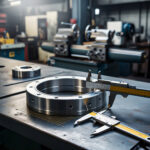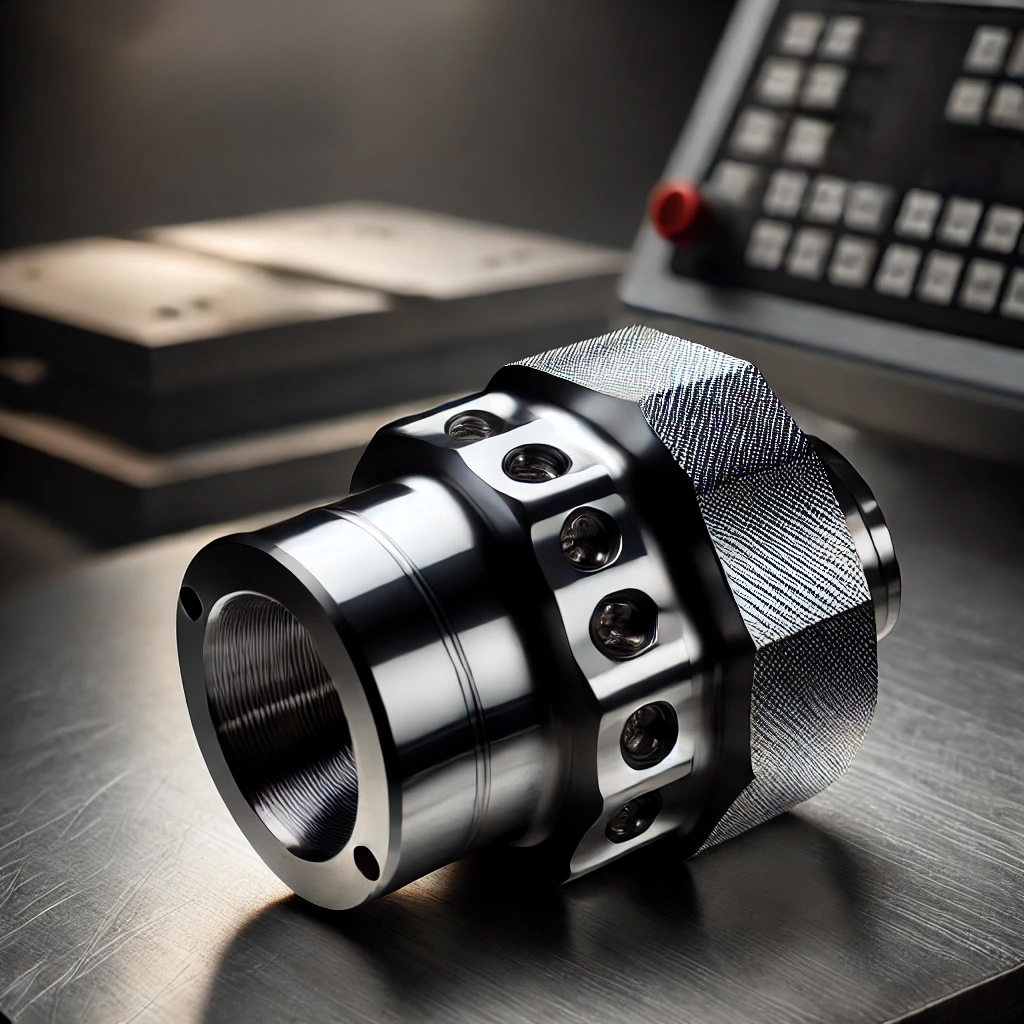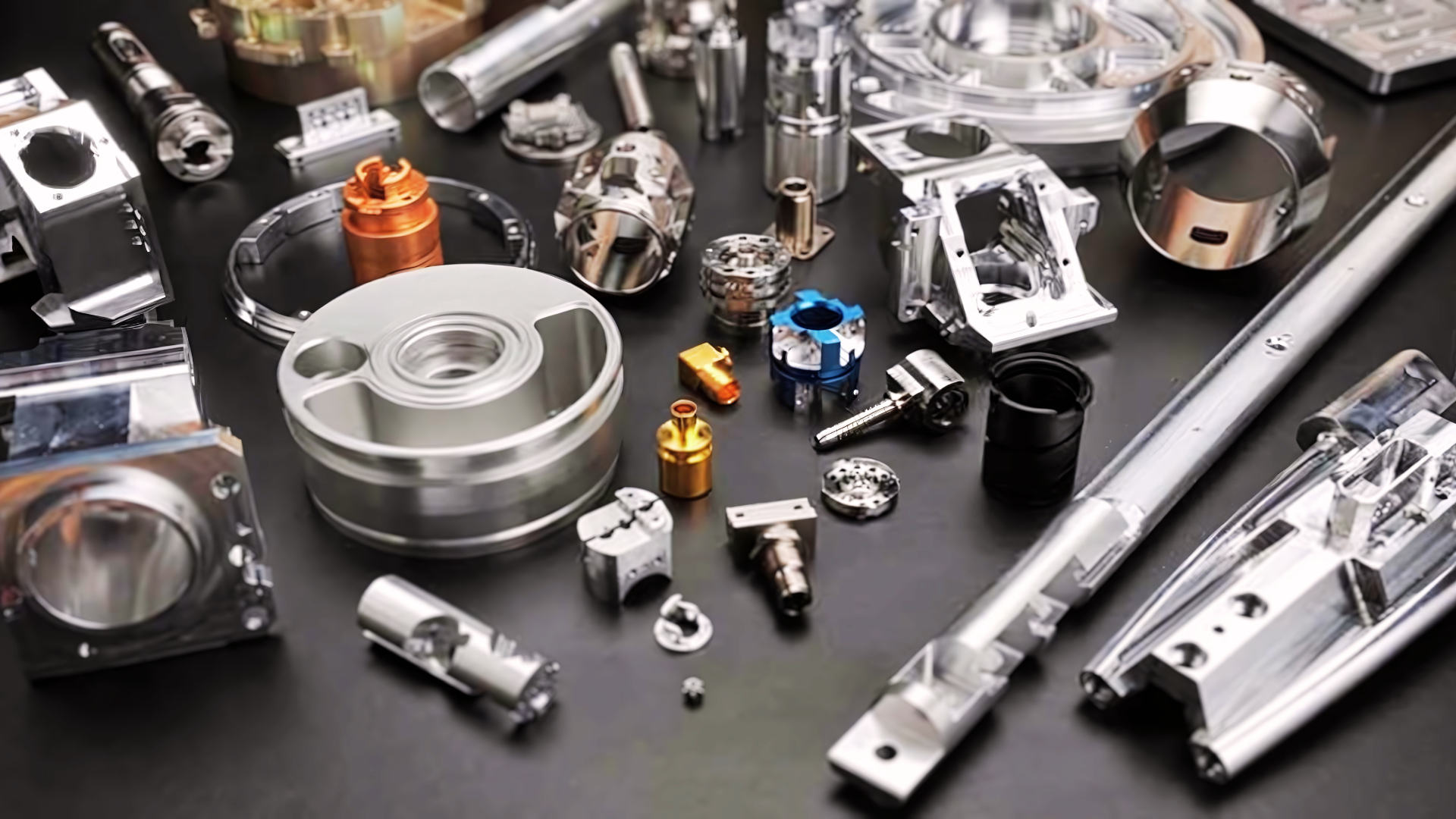3, 4, and 5 Axis Machining - Detailed Distinctions
Differences Between 3, 4, and 5-axis Machining
The fundamental difference between 3-axis, 4-axis, and 5-axis machining lies in the movement’s complexity allowed to both the workpiece and the cutting tool, relative to each other. Greater complexity in the motion of the two parts, more complex will be the geometry of the final machined part.
The number of axes on a CNC machine depicts the type of work that it can perform, the level of intricacy achievable in the final part, and the workpiece points that the machine can work upon.
Your preferred choice for a milling machine depends on your exclusive requirements, level of intricacy required, and budget. However, if you run an SME, then consider buying a tabletop CNC mill as it can get the job done with decent results without denting your budget.
Aerospace components demand unparalleled precision, which makes 5-axis machining suitable for the job. However, a 3-axis machine is the one for you if you only need it to dig holes.
3, 4, and 5 Axis Machining - Detailed Distinctions
The workpiece remains still, and only the cutting tool is allowed to move along the three axes to mill the component. 3-axis machines have extensive applications in machining 2D and 2.5D geometry. 3-axis machining only operates on three axes, which makes the process simple. It enables removing the material in these three axes, described by back to front, side to side, and up and down.
The 3-axis milling fails to design features on an angle to the X-Y-Z coordinate system, irrespective of the feature’s planar quality. This machining process is ideal for manufacturing planar milled profiles, performing drillings, and threaded holes in line with an axis.
Machining a part from all six sides has become possible in 3 axis machining; however, it requires a new fixturing setup for each side. This implementation can get pricey. For a single fixture setup, you can machine only one side of the component.
4-Axis Machining
4-axis milling is similar to the process involved in 3-axis machining, where a cutting tool takes out material from part to create the required shape. This machining process is economical for machining components, which is theoretically attainable even on a 3-axis machine. Unlike 3-axis machining, the -axis the machining process is performed on an additional axis along with the 3-axis of rotation. For a single fixture setup, a user can machine four sides of a component.
A 4-axis CNC machine uses the X, Y, and Z axes, besides another axis of rotation, and is around the X-axis. It is referred to as the A axis. A 4-axis machine does not require fixture change-overs. This benefit provides tighter tolerances which are held between features on various sides of the component.
There are two types of 4-axis CNC machining:
1. Indexing
2. Continous
Indexing in 4-axis CNC machining occurs when the 4th axis undergoes rotation while the machine is not taking out any material. Upon choosing the correct rotation, a brake is applied, and the cutting resumes.
Continuous 4-axis machining is when the machine can take out material simultaneously with A-axis rotation. This feature facilitates the machining of complex arcs, like the profile of cam lobes and helixes.
5-axis machining traverses all axes of the 4 axis machining besides yet another rotational axis, which helps render unparalleled precision and intricacy in the geometry of components. Such intricately crafted parts are utilized to produce artificial bones, aerospace components, car molds, titanium pieces, architectural, medical, military stocks, and many more.
The 5th axis of rotation occurs around the Y-axis in the X-Y-Z plane and around the B axis. Such multidimensional rotation and part movement deliver unprecedented precision, finish, and work speed during the construction of a component. These precision parts are crucial for high-level implementation, like aerospace and flights.
5-axis machining lets you perform single-step machining, which reduces lead time and promotes the convenience of access to the part geometry. It also strengthens the tool life and process efficiency by tilting the table for precision cutting.
Implementing 3, 4, and 5-Axis Machining
The 3-axis machine is suitable when you do not require the highest-grade precision in manufacturing but need some degree of quality. It is ideal for –
- Automatic/interactive operation
- Milling slots
- Cutting sharp edges
- Drilling holes
4-axis machining is a multifunctional and relatively economical process than 3-axis machining and is considered suitable for cases where you require –
- Intermittent cutting
- Engraving on curved surfaces
- Continuous cutting
5-axis machining is ideal when you require unprecedented precision and intricacy as the manufactured parts are used in crucial industries like aerospace, medical sciences, and others. It is ideal for:
- Higher quality finishes
- Enhancing productivity
- Feature accuracy
- Machining complicated shapes
- Cutting intricacies in components
Conclusion
CNC machining is effective (operation-wise) across several manufacturing-intensive industries as it offers notable advantages, including enhanced product quality control, standardization, and greater precision.
CAD technology is used in CNC machining to automate the process of cutting and shaping. The axes count in a milling machine determines the type of movement attainable by that particular machine.

Peter Jacobs
Peter Jacobs is the Senior Director of Marketing at CNC Masters. He is actively involved in manufacturing processes and regularly contributes his insights for various blogs in CNC machining, 3D printing, rapid tooling,injection molding, metal casting, and manufacturing in general.
Views: 149
















